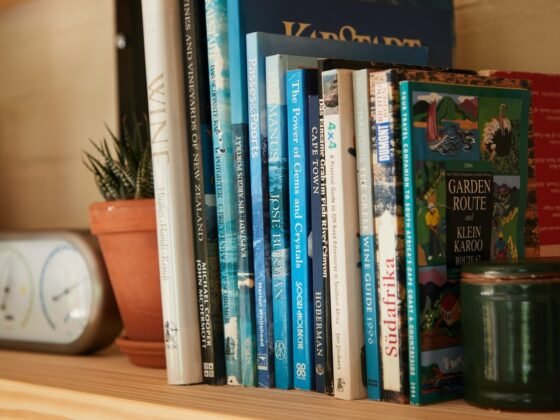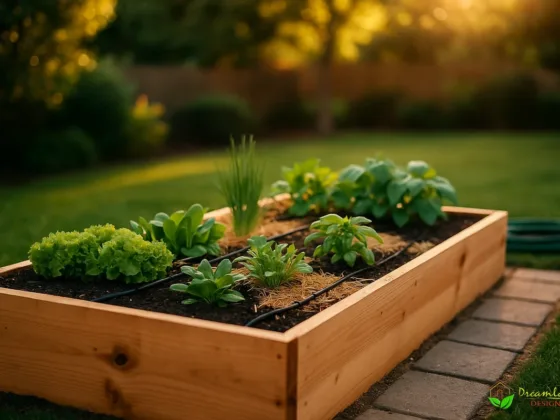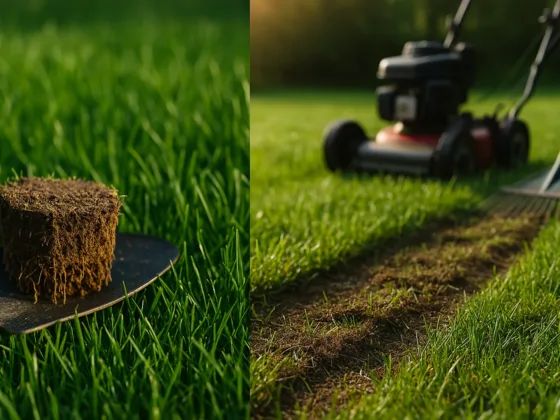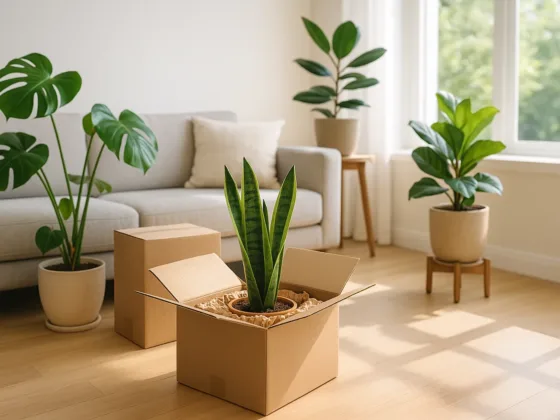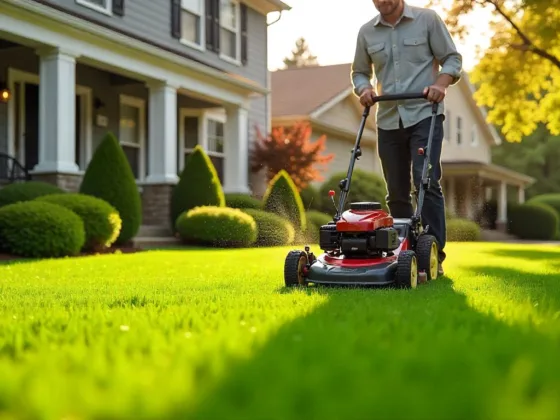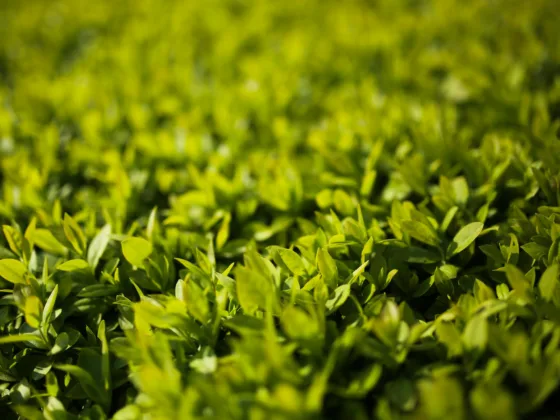Table of Contents Show
The death of one of your houseplants on your hands is quite common. But if you keep losing plants over and over again, you may be doing something wrong.
No matter how easy it is to grow some plants, several minor mistakes and ignorance can kill them in no time.
Here are some of the common mistakes most gardeners make and end up losing their lovely plants:

1. Ignoring Signs of Plant Disease
Just like every other living creature, plants show signs when they fall prey to some bacterial, fungal, or viral infection. Every disease shows different signs.
If you are growing a plant indoors or in your home gardens, never overlook any change in its appearance or foliage. Discolored, patchy, and wilted leaves are common signs that your plant has caught a serious disease.
Spotting on the foliage, mushy or darker roots are some other suspicious signs that must not be overlooked. It is better if you find the cause behind the change as soon as possible. The sooner you treat it, the better.
2. Loving Your Plant to Death
Caring for your plant and maintaining it is, no doubt, good and healthy for it. But if you start to care for it too much, you might be doing more harm than good.
Over-watering and over-feeding can kill your plant faster than some fair amount of neglect. These are the two most common reasons that most houseplants die young.
Overwatering can destroy the foliage resulting in droopy leaves, as in the case of Alocasia Black Velvet.
Alocasia Black Velvet is a stunning houseplant that often dies due to over-watering. Similarly, over-feeding can also kill your plant by burning its roots completely.
It is better to leave your plant thirsty and hungry for some time than to kill it by over attention.
Read Also:
3. Not Pruning
Many plant-growers fear pruning their plants because they think they cannot do it. However, pruning is just as easy as cutting your own hair tips.
Occasional pruning and grooming are necessary for your plant’s healthy growth. You have to remove all the old and dead leaves that might be hurdling the growth of new shoots.
Pruning frees extra space, saves the plant’s energy, and lets it grow faster. All you have to do is to take a pair of sharp scissors, sterilize it, and gently cut the dead ends of the plant’s stem.
You will truly be doing a favor to your plant.
4. Not Repotting
Every plant must be re-potted at the first bloom of spring. Early spring is the best time to re-pot your plant when it is preparing itself for new buds.
If you do not re-pot it, its root might strangle by growing in circles; they will not have enough space to breathe and grow. If the roots are not allowed to grow freely, they will get root rot.
When your plant outgrows its pot, it must be moved to a bigger pot with a new compost mix.
Yearly re-potting is necessary to change the potting mix as the previous nutrients have been consumed by the plant and need to be replenished.
5. No Dusting
It may seem unimportant, but dusting and cleaning also play a great role in your plant’s health. Dust particles can clog in the pores of leaves and blocking their way to transpire and evaporate; your plant may not be able to breathe freely.
It is recommended that you keep it clean and free of dust. You can dust away from the unnecessary particles by using a damp cloth or a soft brush.
6. Too Much Moving
Plants are stationary beings that prefer to stay in a single place; they do not like to be moved every now and then.
You might want to move your plant every time you feel like changing your room’s décor, but you will be harming your plant this way. Your plant likes stability. You should not move it unnecessarily.
However, seasonal placements are important. For example, if the temperature drops too much in winters, you should move your plant indoors in a warmer atmosphere.
Otherwise, you should leave your plant in a single spot to let it acclimatize and grow gradually.
7. Squeezing In Too Many Plants
You must treat the plants as the living creatures as they really are. They also need some space to live and breathe. You should not stuff all of your plant collection in a single corner.
This way, you will kill them all at once. Overcrowding will not let enough air to pass through and will block ventilation. The plant will be more susceptible to getting fungal infections and pest attacks.
Once a single plant is affected, it can destroy all the others with it. The best way is to place each plant at a considerable distance that allows sufficient airflow.

